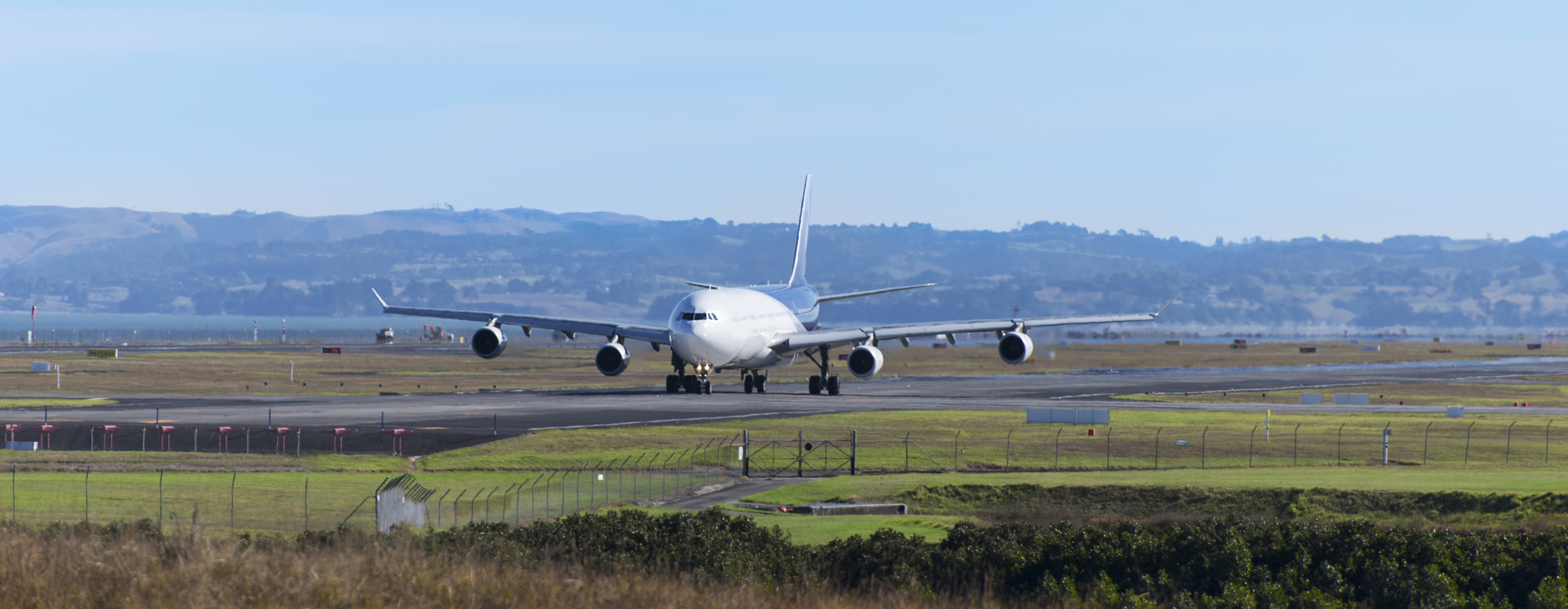
In today’s aviation landscape, fuel efficiency is more than just a cost-saving measure—it’s a strategic imperative. With rising environmental concerns, volatile fuel prices, and increasing regulatory pressures, airlines are under growing pressure to optimize their operations. One of the most effective ways to identify areas for improvement is through industry benchmarking.
Benchmarking allows airlines to compare their performance against peers, uncovering actionable insights that can lead to significant fuel savings. But to truly harness its potential, it’s essential to go beyond surface-level comparisons and dive into data-driven, context-aware analysis.
Fuel efficiency is influenced by a complex web of factors: aircraft performance, route structure, airport infrastructure, weather conditions, and regulatory constraints, to name a few. By comparing performance with other operators—especially those using the same aircraft type and operating in similar environments—airlines can pinpoint realistic opportunities for improvement.
It’s important to remember that benchmarking is not about copying another airline’s strategy wholesale. Local regulatory requirements, weather patterns, and infrastructure limitations must be taken into account. That’s why contextual benchmarking—comparing like-for-like scenarios—is so powerful. It ensures that insights are relevant and applicable, not just aspirational.
For instance, two operators flying the same aircraft type from the same hub may face similar ground constraints. If one consistently achieves better taxi fuel efficiency, it’s a strong indication that improvement is possible within the same local context.
By analyzing taxi fuel burn across operators at the same airport, airlines can identify whether their ground operations are lagging behind. Improvements such as better gate planning, optimized pushback procedures, or enhanced coordination with air traffic control can lead to measurable reductions in fuel consumption.

Benchmarking also plays a critical role in setting realistic Key Performance Indicators (KPIs). Too often, airlines set fuel efficiency targets without fully understanding what’s achievable within their specific operational context. By grounding KPIs in actual performance data from similar operators, airlines can ensure their goals are both ambitious and attainable.
This approach fosters greater buy-in from operational teams. When pilots, dispatchers, and ground staff see that targets are based on proven results—not arbitrary numbers—they’re more likely to engage and contribute to achieving them.
Did you know that globally, 37% of the aircraft taxiing time is spent with one engine shut down? This highlights the growing awareness and adoption of fuel-saving practices on the ground. It's important for operators to be able to track how their sustainability operations procedures are being followed, and whether they are delivering measurable impact.
The ultimate goal of benchmarking is not just to gather data—it’s to drive change. Airlines must translate insights into concrete actions: revising SOPs, investing in crew training, upgrading technology, or rethinking ground operations. And they must monitor progress continuously, refining strategies as new data becomes available.
In a competitive and environmentally conscious industry, fuel efficiency is a key differentiator. By leveraging benchmarking insights, airlines can not only reduce costs but also enhance sustainability and operational excellence.
IATA supports airlines in improving fuel performance through a structured framework that combines consulting, benchmarking, and operational data analysis. These solutions help identify inefficiencies, validate strategies, and support long-term sustainability goals.